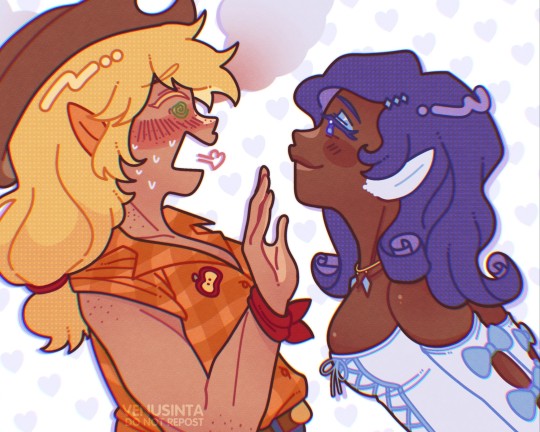#design user
Text

I'm fed up with "maybe later".
87K notes
·
View notes
Text
Designing for the perfect user experience involves blending technology, visual appeal, ease of use, learnability, functionality, and system performance. This adds up to redefining UX design (user experience design) and helps organizations achieve their goals and create winning products.
#user interface design#online user interface#ux design#app designs#design user#ui ux design#ui design#software engineering#software services#nitor#ascendion#software development
0 notes
Text
Okay, so: there's a local restaurant whose online ordering process involves various selecting various sauces to be included with one's order – so many units of teriyaki sauce, so many units of hot sauce, so may units of peanut sauce, and so forth.
The idea is supposed to be that you can select any combination of sauces you want, as long as it adds up to no more than four units. However, what the app actually required is that you select exactly four units of sauces; it wouldn't let you submit the ordering form if the total wasn't exactly four.
Just today I discovered that they seem to have fixed it... not by correcting the errant validation rule, but by adding a "no sauce" option, which counts toward the required total of four.
Thus, it's now possible to place an order with, say, two units of teriyaki sauce rather than four by entering 2x "teriyaki sauce" and 2x "no sauce". Similarly, an order with no sauce at all is 4x "no sauce".
This is quite possibly the least intuitive ordering process I've ever encountered, and I've literally worked in e-commerce.
19K notes
·
View notes
Text
How lock-in hurts design

Berliners: Otherland has added a second date (Jan 28) for my book-talk after the first one sold out - book now!

If you've ever read about design, you've probably encountered the idea of "paving the desire path." A "desire path" is an erosion path created by people departing from the official walkway and taking their own route. The story goes that smart campus planners don't fight the desire paths laid down by students; they pave them, formalizing the route that their constituents have voted for with their feet.
Desire paths aren't always great (Wikipedia notes that "desire paths sometimes cut through sensitive habitats and exclusion zones, threatening wildlife and park security"), but in the context of design, a desire path is a way that users communicate with designers, creating a feedback loop between those two groups. The designers make a product, the users use it in ways that surprise the designer, and the designer integrates all that into a new revision of the product.
This method is widely heralded as a means of "co-innovating" between users and companies. Designers who practice the method are lauded for their humility, their willingness to learn from their users. Tech history is strewn with examples of successful paved desire-paths.
Take John Deere. While today the company is notorious for its war on its customers (via its opposition to right to repair), Deere was once a leader in co-innovation, dispatching roving field engineers to visit farms and learn how farmers had modified their tractors. The best of these modifications would then be worked into the next round of tractor designs, in a virtuous cycle:
https://securityledger.com/2019/03/opinion-my-grandfathers-john-deere-would-support-our-right-to-repair/
But this pattern is even more pronounced in the digital world, because it's much easier to update a digital service than it is to update all the tractors in the field, especially if that service is cloud-based, meaning you can modify the back-end everyone is instantly updated. The most celebrated example of this co-creation is Twitter, whose users created a host of its core features.
Retweets, for example, were a user creation. Users who saw something they liked on the service would type "RT" and paste the text and the link into a new tweet composition window. Same for quote-tweets: users copied the URL for a tweet and pasted it in below their own commentary. Twitter designers observed this user innovation and formalized it, turning it into part of Twitter's core feature-set.
Companies are obsessed with discovering digital desire paths. They pay fortunes for analytics software to produce maps of how their users interact with their services, run focus groups, even embed sneaky screen-recording software into their web-pages:
https://www.wired.com/story/the-dark-side-of-replay-sessions-that-record-your-every-move-online/
This relentless surveillance of users is pursued in the name of making things better for them: let us spy on you and we'll figure out where your pain-points and friction are coming from, and remove those. We all win!
But this impulse is a world apart from the humility and respect implied by co-innovation. The constant, nonconsensual observation of users has more to do with controlling users than learning from them.
That is, after all, the ethos of modern technology: the more control a company can exert over its users ,the more value it can transfer from those users to its shareholders. That's the key to enshittification, the ubiquitous platform decay that has degraded virtually all the technology we use, making it worse every day:
https://pluralistic.net/2023/02/19/twiddler/
When you are seeking to control users, the desire paths they create are all too frequently a means to wrestling control back from you. Take advertising: every time a service makes its ads more obnoxious and invasive, it creates an incentive for its users to search for "how do I install an ad-blocker":
https://www.eff.org/deeplinks/2019/07/adblocking-how-about-nah
More than half of all web-users have installed ad-blockers. It's the largest consumer boycott in human history:
https://doc.searls.com/2023/11/11/how-is-the-worlds-biggest-boycott-doing/
But zero app users have installed ad-blockers, because reverse-engineering an app requires that you bypass its encryption, triggering liability under Section 1201 of the Digital Millennium Copyright Act. This law provides for a $500,000 fine and a 5-year prison sentence for "circumvention" of access controls:
https://pluralistic.net/2024/01/12/youre-holding-it-wrong/#if-dishwashers-were-iphones
Beyond that, modifying an app creates liability under copyright, trademark, patent, trade secrets, noncompete, nondisclosure and so on. It's what Jay Freeman calls "felony contempt of business model":
https://locusmag.com/2020/09/cory-doctorow-ip/
This is why services are so horny to drive you to install their app rather using their websites: they are trying to get you to do something that, given your druthers, you would prefer not to do. They want to force you to exit through the gift shop, you want to carve a desire path straight to the parking lot. Apps let them mobilize the law to literally criminalize those desire paths.
An app is just a web-page wrapped in enough IP to make it a felony to block ads in it (or do anything else that wrestles value back from a company). Apps are web-pages where everything not forbidden is mandatory.
Seen in this light, an app is a way to wage war on desire paths, to abandon the cooperative model for co-innovation in favor of the adversarial model of user control and extraction.
Corporate apologists like to claim that the proliferation of apps proves that users like them. Neoliberal economists love the idea that business as usual represents a "revealed preference." This is an intellectually unserious tautology: "you do this, so you must like it":
https://boingboing.net/2024/01/22/hp-ceo-says-customers-are-a-bad-investment-unless-they-can-be-made-to-buy-companys-drm-ink-cartridges.html
Calling an action where no alternatives are permissible a "preference" or a "choice" is a cheap trick – especially when considered against the "preferences" that reveal themselves when a real choice is possible. Take commercial surveillance: when Apple gave Ios users a choice about being spied on – a one-click opt of of app-based surveillance – 96% of users choice no spying:
https://arstechnica.com/gadgets/2021/05/96-of-us-users-opt-out-of-app-tracking-in-ios-14-5-analytics-find/
But then Apple started spying on those very same users that had opted out of spying by Facebook and other Apple competitors:
https://pluralistic.net/2022/11/14/luxury-surveillance/#liar-liar
Neoclassical economists aren't just obsessed with revealed preferences – they also love to bandy about the idea of "moral hazard": economic arrangements that tempt people to be dishonest. This is typically applied to the public ("consumers" in the contemptuous parlance of econospeak). But apps are pure moral hazard – for corporations. The ability to prohibit desire paths – and literally imprison rivals who help your users thwart those prohibitions – is too tempting for companies to resist.
The fact that the majority of web users block ads reveals a strong preference for not being spied on ("users just want relevant ads" is such an obvious lie that doesn't merit any serious discussion):
https://www.iccl.ie/news/82-of-the-irish-public-wants-big-techs-toxic-algorithms-switched-off/
Giant companies attained their scale by learning from their users, not by thwarting them. The person using technology always knows something about what they need to do and how they want to do it that the designers can never anticipate. This is especially true of people who are unlike those designers – people who live on the other side of the world, or the other side of the economic divide, or whose bodies don't work the way that the designers' bodies do:
https://pluralistic.net/2022/10/20/benevolent-dictators/#felony-contempt-of-business-model
Apps – and other technologies that are locked down so their users can be locked in – are the height of technological arrogance. They embody a belief that users are to be told, not heard. If a user wants to do something that the designer didn't anticipate, that's the user's fault:
https://www.wired.com/2010/06/iphone-4-holding-it-wrong/
Corporate enthusiasm for prohibiting you from reconfiguring the tools you use to suit your needs is a declaration of the end of history. "Sure," John Deere execs say, "we once learned from farmers by observing how they modified their tractors. But today's farmers are so much stupider and we are so much smarter that we have nothing to learn from them anymore."
Spying on your users to control them is a poor substitute asking your users their permission to learn from them. Without technological self-determination, preferences can't be revealed. Without the right to seize the means of computation, the desire paths never emerge, leaving designers in the dark about what users really want.
Our policymakers swear loyalty to "innovation" but when corporations ask for the right to decide who can innovate and how, they fall all over themselves to create laws that let companies punish users for the crime of contempt of business-model.
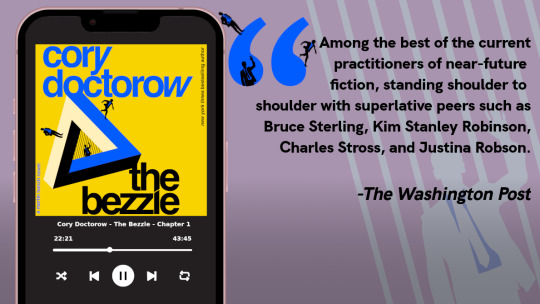
I'm Kickstarting the audiobook for The Bezzle, the sequel to Red Team Blues, narrated by @wilwheaton! You can pre-order the audiobook and ebook, DRM free, as well as the hardcover, signed or unsigned. There's also bundles with Red Team Blues in ebook, audio or paperback.

If you'd like an essay-formatted version of this post to read or share, here's a link to it on pluralistic.net, my surveillance-free, ad-free, tracker-free blog:
https://pluralistic.net/2024/01/24/everything-not-mandatory/#is-prohibited

Image:
Belem (modified)
https://commons.wikimedia.org/wiki/File:Desire_path_%2819811581366%29.jpg
CC BY 2.0
https://creativecommons.org/licenses/by/2.0/deed.en
#pluralistic#desire paths#design#drm#everything not mandatory is prohibited#apps#ip#innovation#user innovation#technological self-determination#john deere#twitter#felony contempt of business model
3K notes
·
View notes
Text
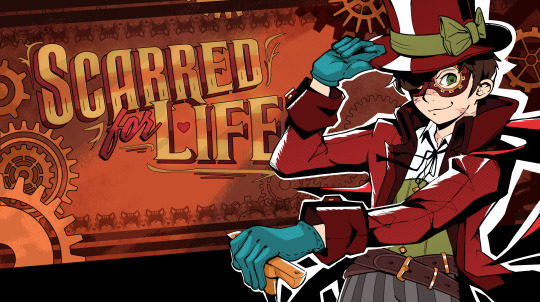
Tycoon is here, to steal your heart!
#chris doodles#goodtimeswithscar#gtws#persona 5#he's a psi user i'd say?#probably uses a revolver?#like something oldschool and steampunk-y#his persona is puss-in-boots who manifests with the coat colors of jellie <3#i drew a design for him a whiiiile back in 2022#and my persona kick is coming back in#so i wanted to do this#i might make more of boatem#but i'm not gonna 100% commit to that yet
2K notes
·
View notes
Text

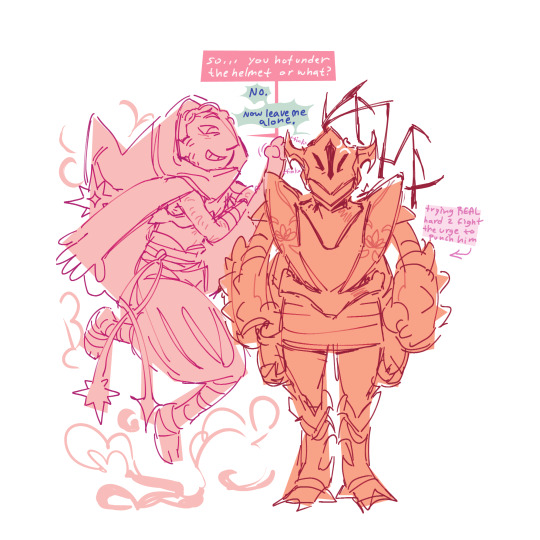

someone asked for my interpretations of the characters prismo and scarab wouldve made at the end of fionna and cake,
so here we have Sīdus the Fallen star and The Carmine Cavalier (also regarded as Carma (like karma))
im proud of scarabs character name simply cause cavalier used as an adjective can mean someone who doesnt care for others. also really proud of his sickle thing- its like the mandibles of a beetle but it acts like a guiding weapon rather than attacking, so he can just hook people and completely displace their movements but it can also be used for punching like brass knuckles
#adventure time#fionna and cake#prismo the wishmaster#scarab the god auditor#shoutout to the lotus design on scarabs armor/ bug wings#prismo is a wizard/ magic user who is apparently totally human yup#mostly uses a type of cloud magic to get away#its the dynamic where sidus joke flirts cause thats just how he interacts with people but later on hes just like 'oh shit am i fr rn'#prohibitedwish#medieval fantasy au#the carmine cavalier#Sīdus the Fallen star
4K notes
·
View notes
Text

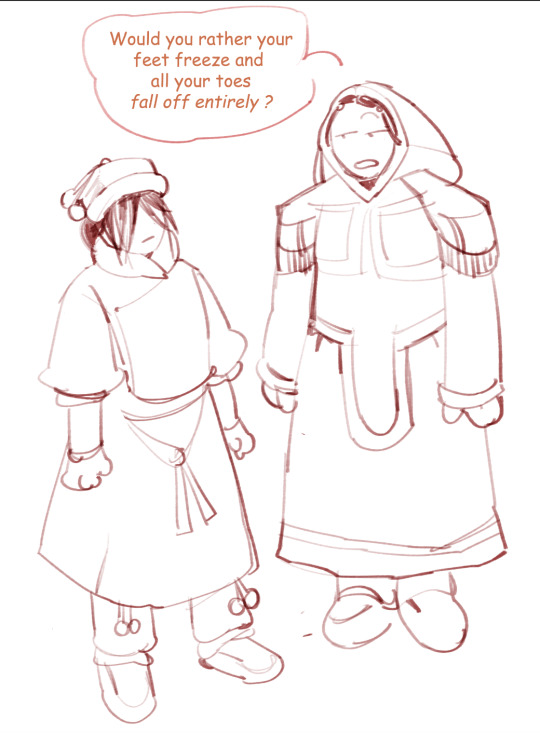
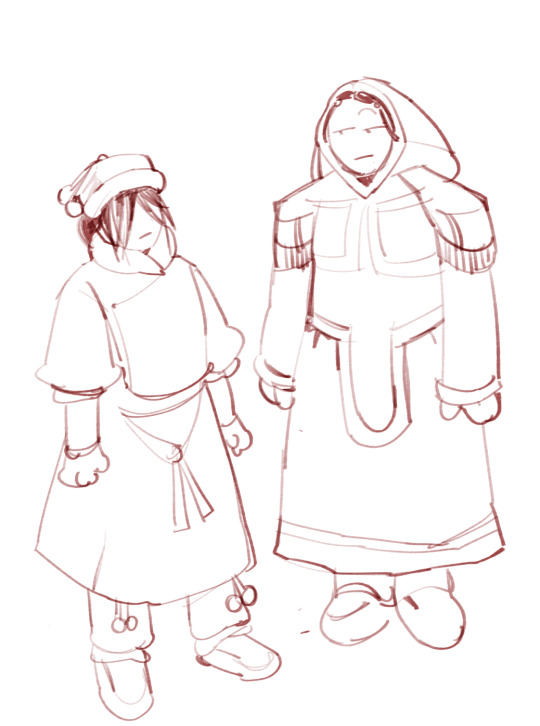
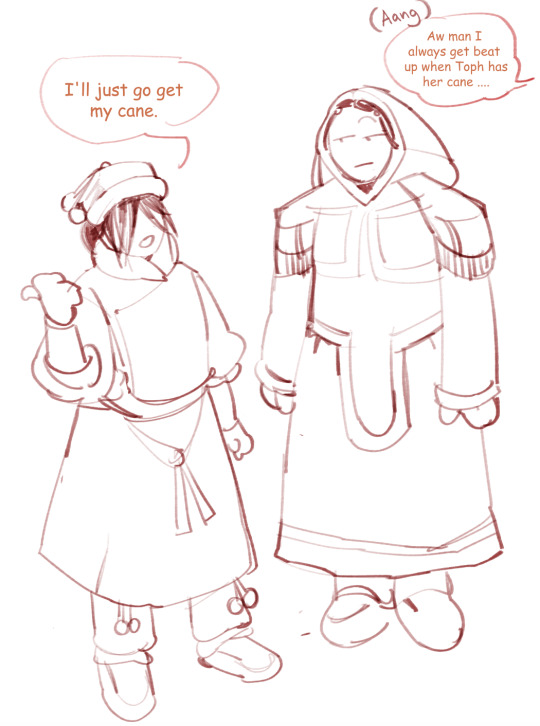
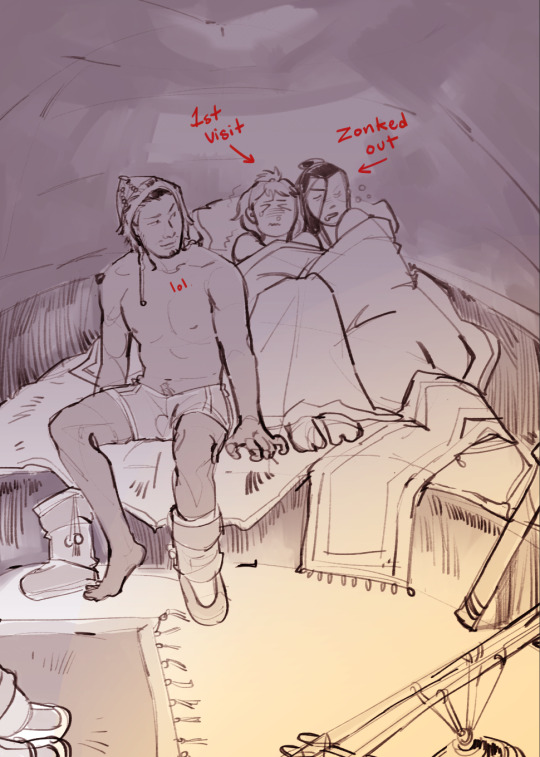
not nearly enough South Pole vacay content imo.
#allgremlinart#cane user toph truthers rise#<- look. she could make one out of metal and beat the shit out of people w it too. every day bend a new design on it..#lot of possibilities is all#zukki if you squint#but purposefully drew this ambiguous/platonic#atla#last pic started out as a hat and underwear study and here we are. minimal underwear emphasis and perspective :/
4K notes
·
View notes
Text
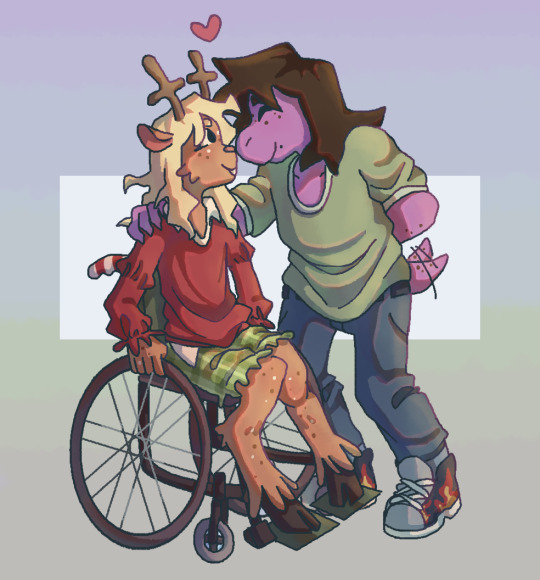


um um. yeah :)
#deltarune#noelle holiday#susie deltarune#suselle#kris dreemurr#described#safe utdr#star art#was talkin in suselle about wheel chair user noelle and made these#it was originally about human noelle but. i like drawing deer#i wanna design a cane and crutches too... also crutches kris? i like the headcanon#noelle has so much object design potential because of her themeing
5K notes
·
View notes
Text


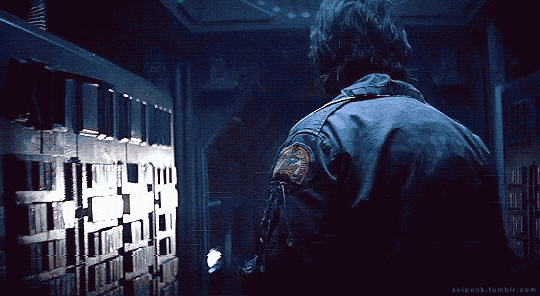






Alien (1979)
#alien movie#scifiedit#science fiction#nostromo#spaceship#interiors#spacecraft#old computers#computing#atmospheric#scifi aesthetic#cyberpunk aesthetic#graphic design#glitch#user interface#user interaction#mother#space ship#gifs#gifset
2K notes
·
View notes
Text
Tips for writing and drawing Wheelchair using characters: Your character's wheelchair can tell us a lot about them
When you first start learning character design, you'll often be told something to the effect of "use your character's outfit to tell us more about them" - and this same principles can be applied to a disabled character's mobility aids.
Mobility aids like wheelchairs, to many disabled people, are a part of us. They can be an extension to a person's body and chances are, if you're going to be using this piece of equipment every day for the foreseeable future (or at least for a good amount of time for the foreseeable future), it's going to start reflecting some aspects of your personality, your interests, your passions, especially when you remember, a lot of people get their wheelchairs custom built for them.
You can use your character's wheelchair to tell us a lot about them without ever needing to show/describe them directly.
Let me show you two examples:

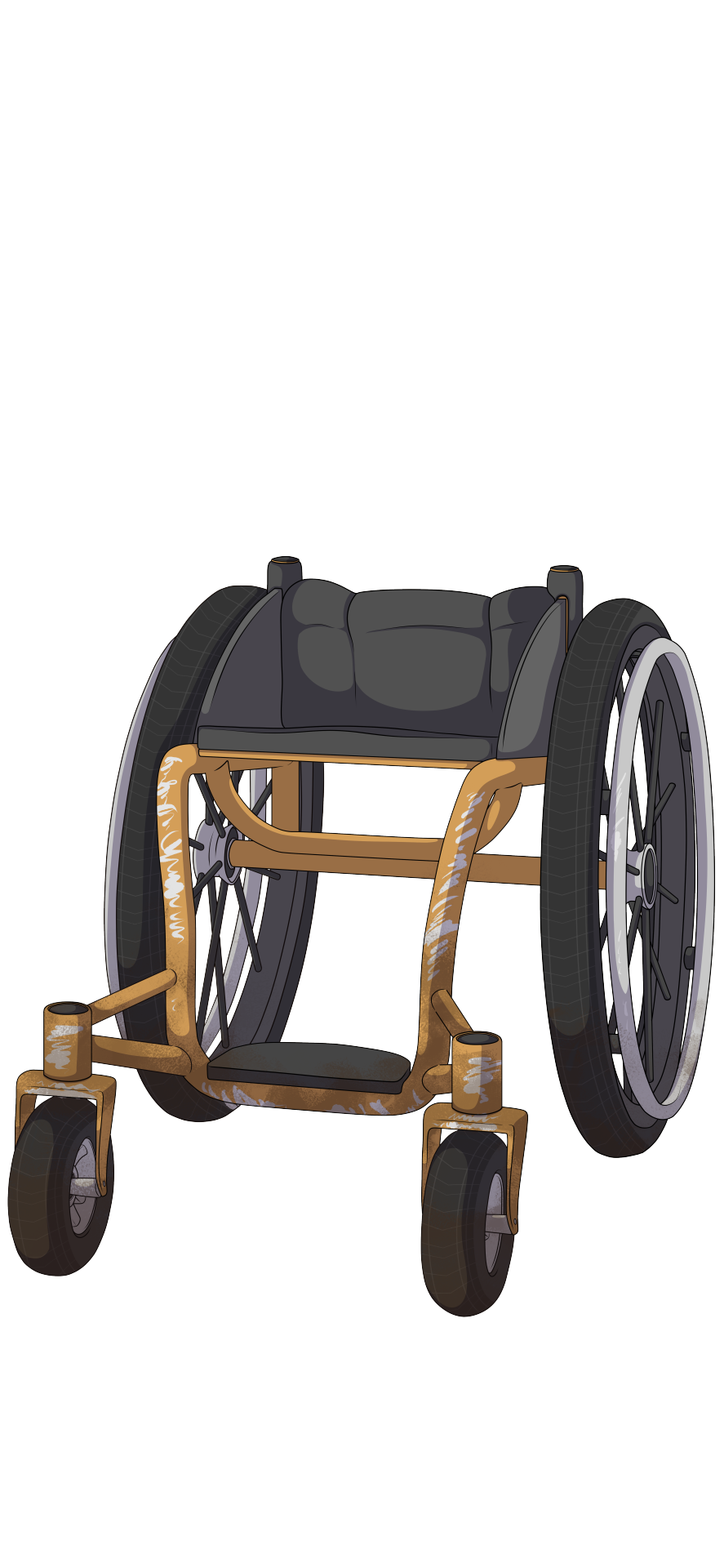
Take a look at these two wheelchairs. they're similar in shape and build, but still pretty different to each other. Can you make some guesses about their users based only on what's shown here?
intended answers below:
Please note, the following points are all generalisations and the real world is rarely this simple. This is to demonstrate how to use disability aids to contribute to your character's design, not how to make assumptions about real people in real life.
So here are some similarities between the chairs:
Both wheelchairs have ridged frames, this means the wheelchair can't be folded in any way. These kinds of chairs can imply a few different things depending on the person. They are typically lighter, sturdier and more durable, and indicate the person probably will be using the wheelchair for a long time and/or has the money to get something built to last (or lives in a place where cost not an issue due to universal/subsidised access to healthcare). They are also typically better to travel with when flying, as they are less likely to be broken by airport security/staff.
Both wheelchairs also lack anti-tip wheels, which are a third set of wheels that extend from the back of the chair. Them not being present could indicate the person is likely pretty confident in their ability to use the chair without worrying about tipping out. It could also indicate they are in an environment where the anti-tips could be more of a hazard than a help, such as on rough terrain.
So lets look at some specifics for the green wheelchair:
Take a look at the wheels. The front wheels are pretty small and appear to be solid, while the back wheels appear to be quite narrow (compared to the orange chair anyway). This indicates the user likely lives somewhere with decent accessibility like a (well funded) city where they are unlikely to encounter unpaved/dirt roads/grass. Small front wheels and thin back wheels are good for manoeuvrability and a smooth ride over even terrain, but they will get stuck as soon as bumps appear, so this probably isn't an issue for this person.
While its a bit hard to tell unless you have seen other similar wheelchairs, this wheelchair is very long in the front, meaning the footplate and front wheels are further away from the seat than most. There could be a few reasons for this. One either indicates the person has very long legs, or a lack of motion in their knees, making it harder to bend their legs. This is moves the chair's centre of gravity forward by a decent amount, making it harder to tip back, which could indicate the person's legs are very light. You tend to see this most often in the wheelchairs of bilateral leg amputees, who are at a greater risk of tipping backwards due to a lack of weight at the front of the chair (even if they wear their prosthetics).
The colour of the chair is bright. This could simply be the character's favourite colour, or maybe this colour has some significance to them?
There are stickers on the side of the chair relating to the Paralympics. This could indicate the person is a fan, or perhaps had some involvement in the games?
The wheelchair has handles on the back, but they are able to be folded down. This is a popular feature for people who are independent enough to go out on their own, but still want to have the option for some help. folding down the handles also deters random strangers from grabbing at you (an unfortunately common experience for wheelchair users).
There is some mild paint scratching to the front of the wheelchair, but nothing too noticable. This is typical of older chairs and people who are a little rough on their chairs. Maybe they've had a few stacks and falls throughout the years, probably going a decent speed.
Ok, now let's look at the orange chair
This wheelchair has very large, inflatable front wheels, and very thick back wheels. This will make the chair slower and less manoeuvrable on flat/even surfaces, but much, much easier to push on rough terrain. This is supported by the amount of mud on the wheelchair.
The seat on this wheelchair tilts upwards slightly. This is called a bucket (or according to an old basketball teammate of mine, a dump-truck lol). This is a feature you typically see in wheelchairs made for people with spinal injuries who are unable to move their legs and engage their lower bodies or core to help keep them stable.
The back of this chair is very low, indicating that if this wheelchair user has a spinal injury, it's probably pretty low on their spine, likely fairly close to the hips, making the person a low-level paraplegic. Higher-level paraplegics and quadriplegics usually need a higher back to help support them and keep them from flopping over, since all the muscles below their place where their spine broke either doesn't work, or is significantly weaker. Higher backs though can get in the way of pushing and reduce mobility, so people who need less support will likely opt for a lower back rest.
This wheelchair has no handles, which indicates the user is probably very independent and doesn't need a lot of help getting around.
The paint on this wheelchair is very scratched up, showing the person is very tough on their wheelchair and doesn't care to get the paint touched up.
This wheelchair has no breaks. This is very common on chairs with larger tiers as they don't tend to be as effective, but also on many outdoor wheelchairs, for two reasons. One is because they are made for rough terrain, so chances are, you aren't going to go far without a big push to get you moving. The second reason is that to get over large bumps and obsticals in a wheelchair, it can be helpful to do very large pushes using the top and front of the wheel. When pushing a normal chair, most people will only use the top section of the wheel to push since it's closest, but these big pushes that use the front of the wheel make it easier to push, since you can benefit from downwards momentum. However, this is also where the breaks are located on most wheelchairs, which can create a hazard. I've lost entire fingernails by them getting snagged on the breaks when pushing this way. So if you live somewhere where the breaks are not going to be helpful to you often, it makes sense to not get them.
And here are the characters who own these wheelchairs
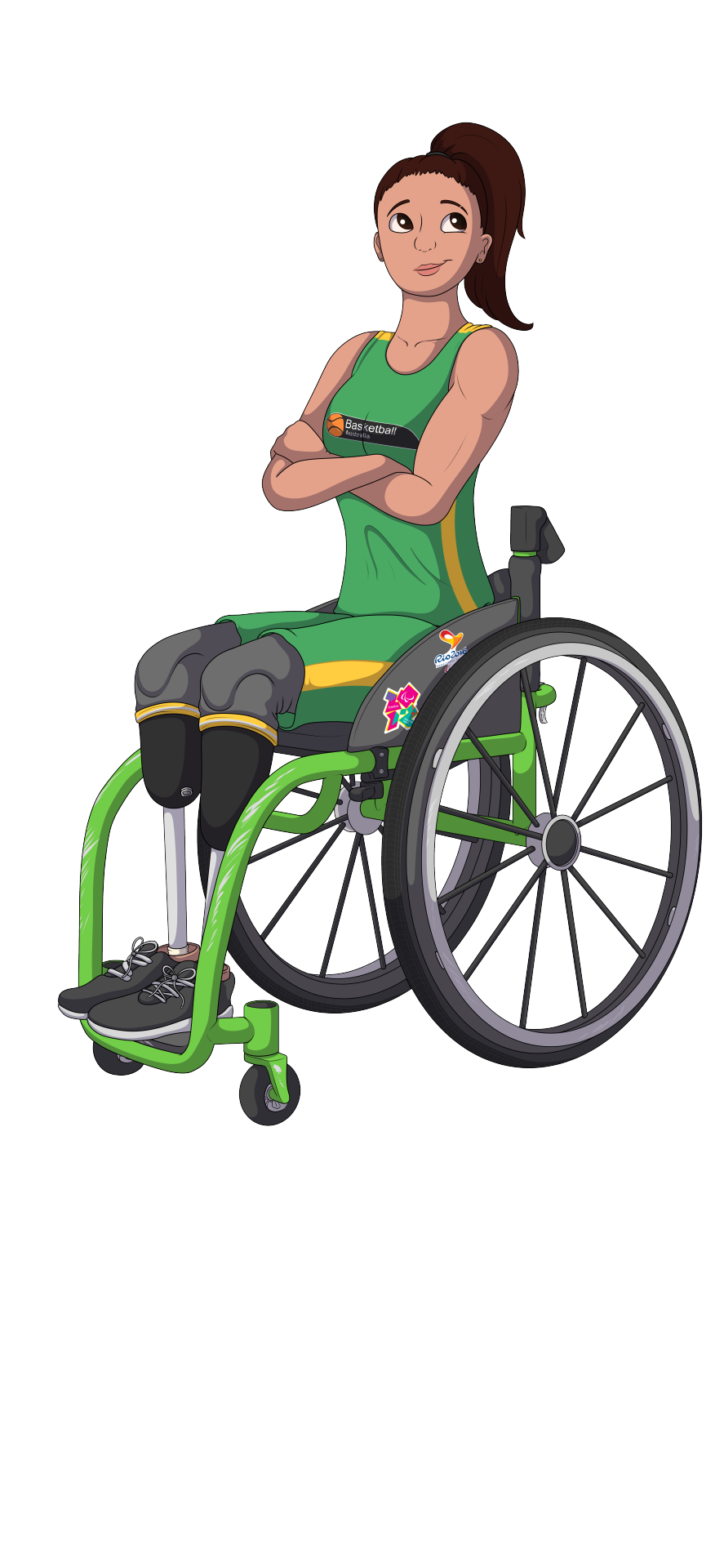
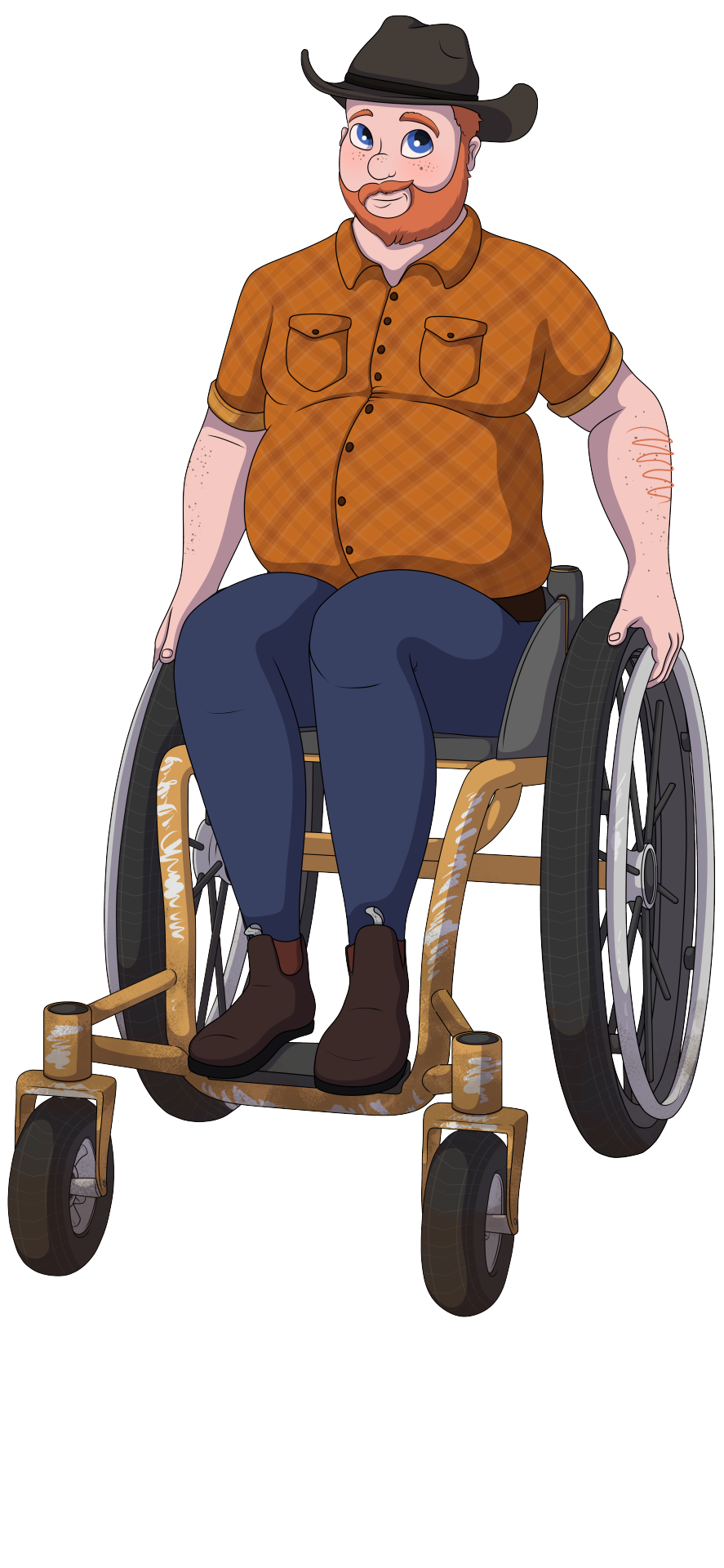
The owner of the green wheelchair is an amalgamation of a few people I knew from when I played wheelchair basketball. They're a bilateral leg amputee, and judging by their outfit (The Official National Wheelchair Basketball uniform for Australia), they're an elite athlete. This wheelchair is not the one they play sport in, but it still needs to be durable enough to withstand the rough treatment of airport staff when traveling, as well as heavy day-to-day use that comes with being an active person. While it needs to be rough, the person also seemed to want to prioritise speed and manoeuvrability, and likely doesn't need to worry about rough terrain too much, so they probably live in a major city.
The owner of the orange chair was inspired by a family friend of mine. They live on a farm, and need a chair that can handle life in those conditions, rough terrain and all. This comes at the cost of speed and manoeuvrability on smoother terrain, but honestly, anyone who's lived in the country knows you won't find many of those around there anyway, so that's not too big of a sacrifice. They are paraplegic, are very confident in their ability to use their wheelchair, and probably doesn't need help too often, but still benefit from some extra stability support from the raised seat on their chair.
Conclusion
Once again, these are generalisations, and in real life there are always exceptions, but I hope this helped demonstrate what I meant when I said you can use your character's wheelchair to tell us more info about them if you're smart about it.
I originally planned to do a whole series of these, showing a wider variety of wheelchairs and the people who they belong to, but I guess I kind of forgot because they've been sitting, abandoned on my hard drive for the last 2 years 😅. If that's something you folks would be interested in seeing though, let me know, I'd happily revive the series lol.
#Writing Disability with Cy Cyborg#id in alt text#long post#writing disability#disability#disabilities#disabled#physical disability#wheelchair user#physically disabled#wheelchair#character design#character illustration#character concept#Designing Disabled Characters#writers on tumblr#writing#writing community#writblr#writerblr#writing advice#writing tips#writing resources#art reference#artists on tumblr#artblr#illustrator#visibly disabled#disabled and proud
4K notes
·
View notes
Note
Why does William afton look like Saul Goodman? I'm sorry but I saw he and i said; "what? Saul Goodman is the purple guy" 😱
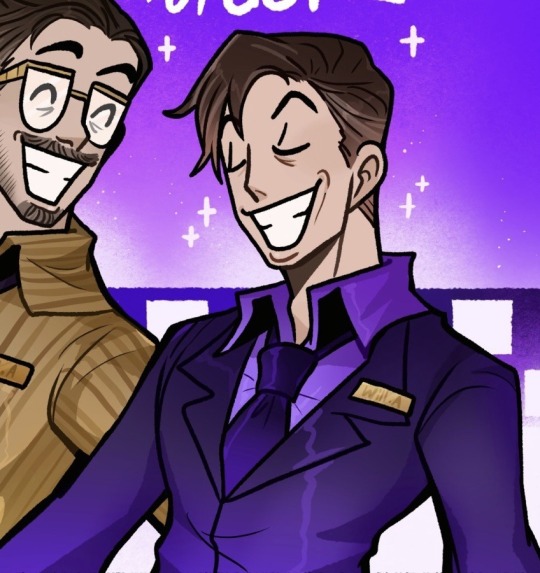
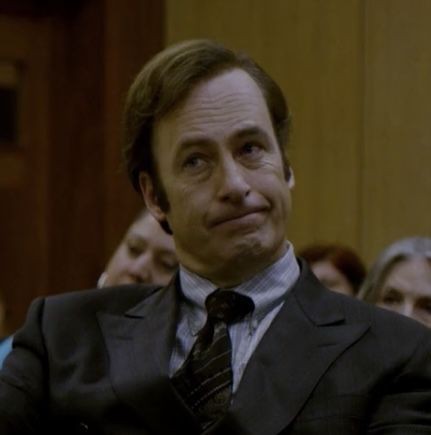


You don’t gotta apologize, I was watching “Better call Saul” at the time
#ask reply#this is the whole reason I gotta redesign him BAHA#better call will ☎️#this art is from earlier this year and yet it feels so dated!#I’ll make a new game William design boys let me cook#yes I did draw Saul Goodman as a stand user#no i won’t elaborate
2K notes
·
View notes
Text
It's actually kind of impressive how ill-conceived this whole "Notes Preview" business is. At a single stroke, it's been rendered impossible to curate one's experience even on one's own dashboard – now it doesn't matter that you've carefully followed a group of blogs you can trust not to reblog noxious bullshit, because with every post that crosses your dash there's now a chance that Tumblr will automatically append some random asshole's opinion about that post, in a way that neither you nor the person you're following can predict. Bravo.
36K notes
·
View notes
Note
TUMBLR USER AMELIA-YAP. POINTS
I JUST WANTED TO SAY THAT YER ART IS SO COOL AND AWESOME AND SUPER EXPRESSIVE AND SMART AND PRETTY AND CUTE AND EEEE ALL THE BEST VIBES <3333
YER ART IS A HUGE INSPIRATION TO MEEE THANK YE FER ARTING HEHEHE 💙💙💙💙
I HOPE YE HAVE A GREAT DAY!!! :3

//◕_◕ )👉👈
#ruby rose#weiss schnee#whiterose#white rose#rwby#my art#tumblr user cowcowwow!#i will strangle you to death you can't just appear and barf out so many nice words#but i do really appreciate them a lot thank#pleas take this as token of appreciation#gay people!!#i had a good time doing the wings! big floof#and i really loved the design!#wish to draw them sometimes again without weiss' large ass wings blocking off 99% of your design lmao#inspiration really is a neat thing#hab a great day as wellll#or forever#(a threat)
413 notes
·
View notes
Text
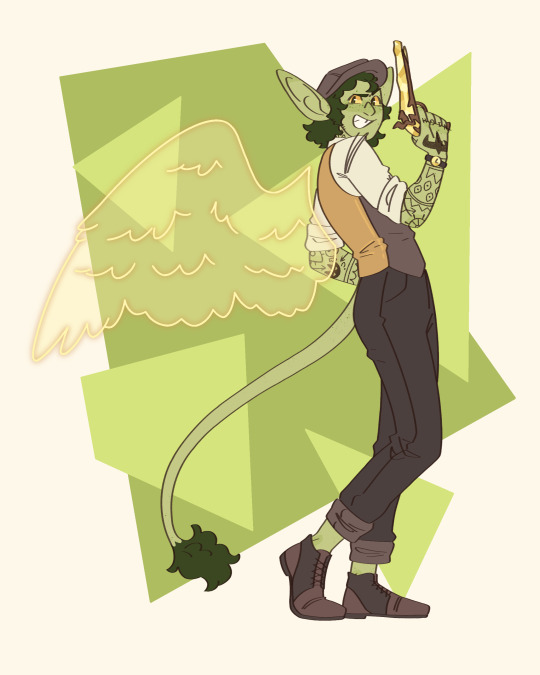
RIZ “THE BALL” GUKGAK EVERYBODY 👏👏👏👏👏
(Transparent vers under the cut)

#my art#D20#d20 fanart#d20 fantasy high#riz gukgak#riz gukgak fanart#fantasy high#fantasy high fanart#fhsy#fhjy#<- this is supposed to be. Between s2 and s3?? He has his late s2 heaven gadgets and new gun design but no haircut#I love his tattoos but I hate his tattoos#they’re so hard to draw it look me like 2 hours just to figure out#anyways here’s my lovely son. The ball. Little shrimp. Private investigator. Dragon slayer. Lame nerd teenager#He’s my stupid favorite it’s so important to me that he canonically has freckles. They’re in merch. His freckles are so important to me#I’m on the s2 finale as of scheduling this I’m having fun. I need to draw the others soon#also Yes I did give him a tooth gap thank you for noticing!!!#The knuckle tats say “night yorb” with an empty thumb on the other hand. I almost put “nite yorb” as a reference to a tumblr user but-#-decided against it
614 notes
·
View notes
Text

get to meet them next month ….. everyone start cheering
#my art#aftg#all for the game#jean moreau#thank you tumblr user luvbug724 for putting me on algerian jean#jeremy knox#catalina alvarez#laila dermott#the sunshine court#sorry for the asks in my inbox i wanted to update my jean design for one of the asks and then i drew jeremy#and then the girls. and then i started drawing the foxes faces and. whatnot#distracted easily ….. forgive me#anyway apologies if the faces look too similar to each other. i am face blind i cant tell#i think theyre okay ? got a second opinion that they look different enough but i cant tell LMFAOOO
761 notes
·
View notes
